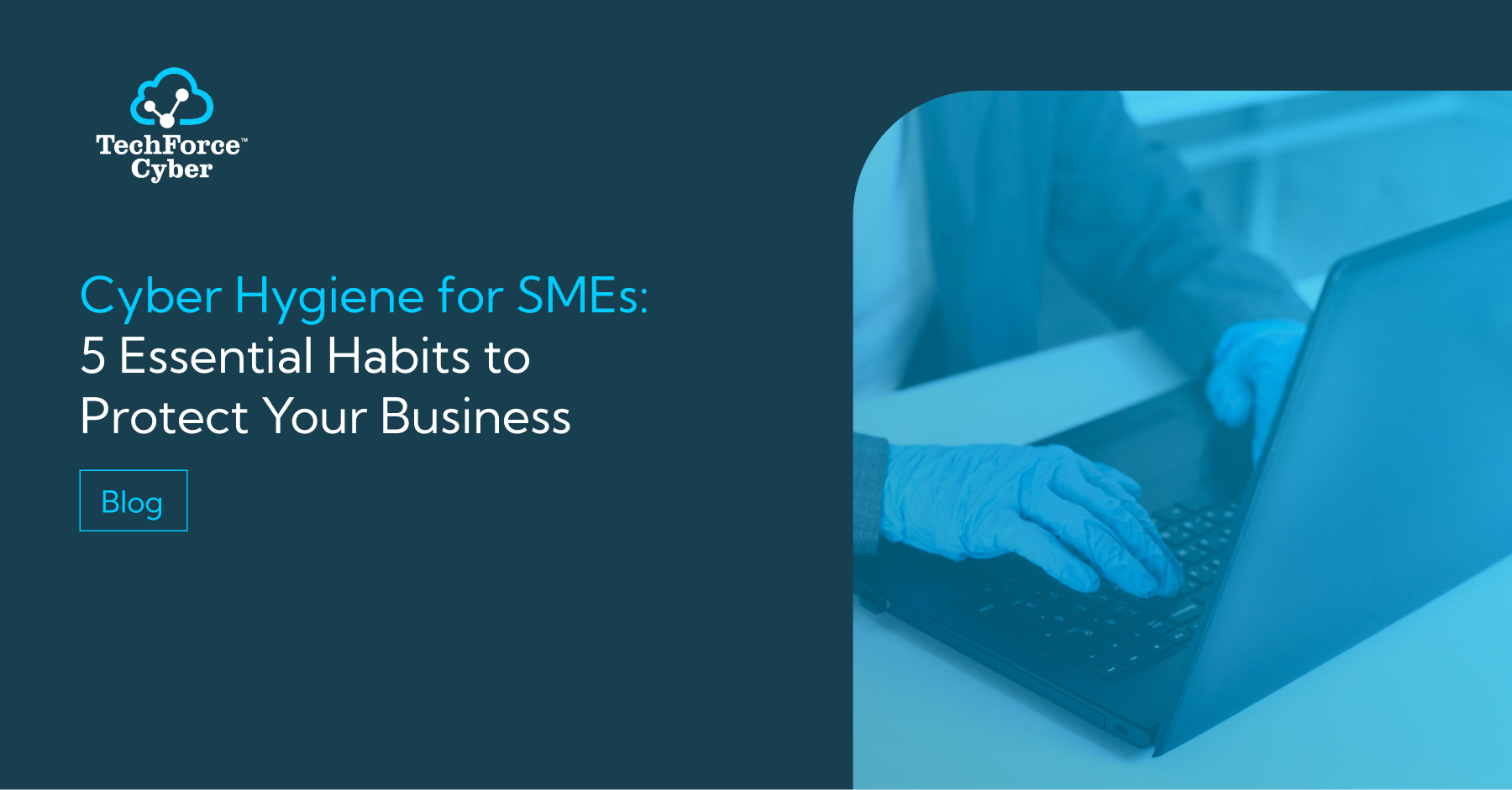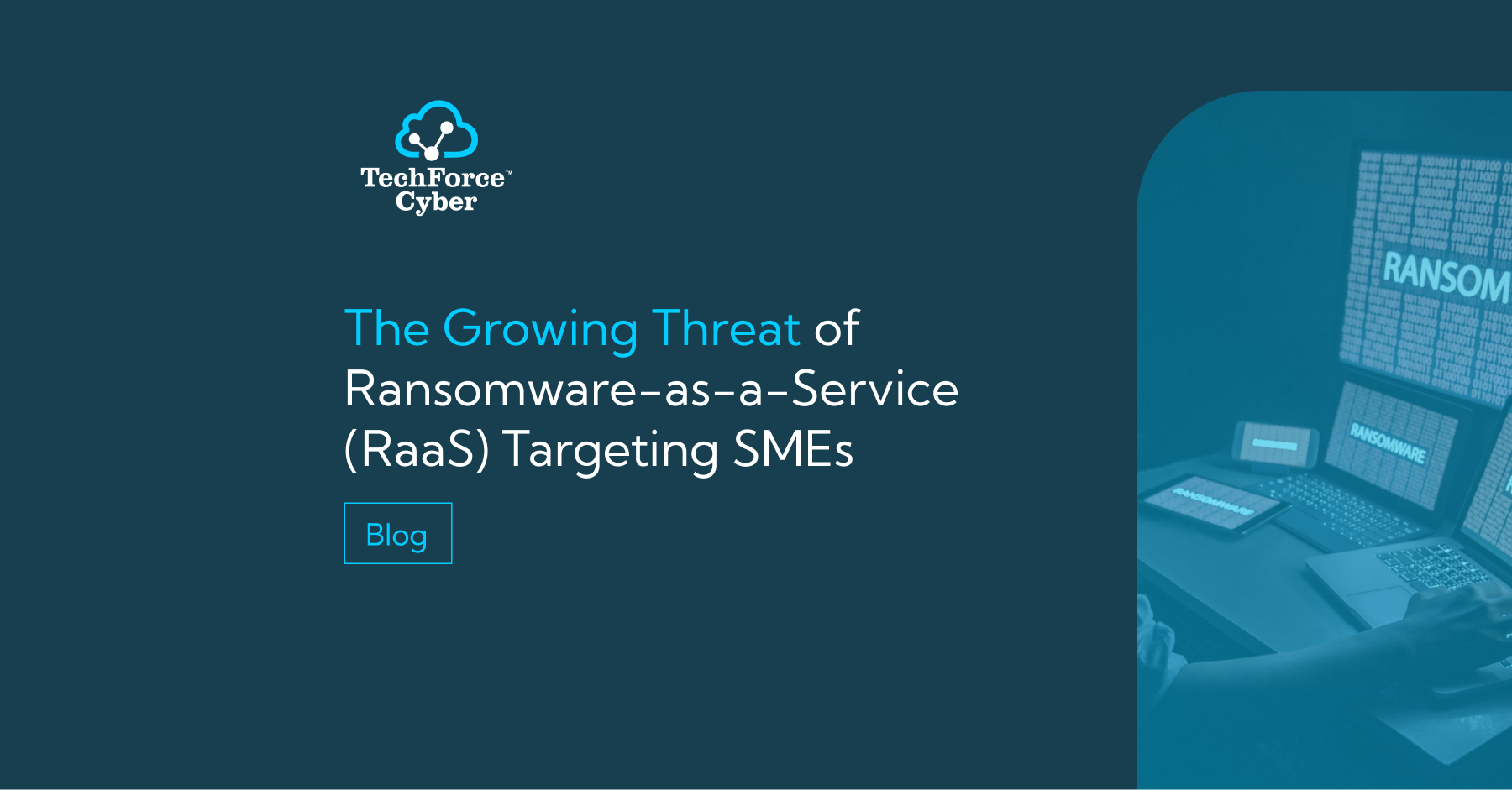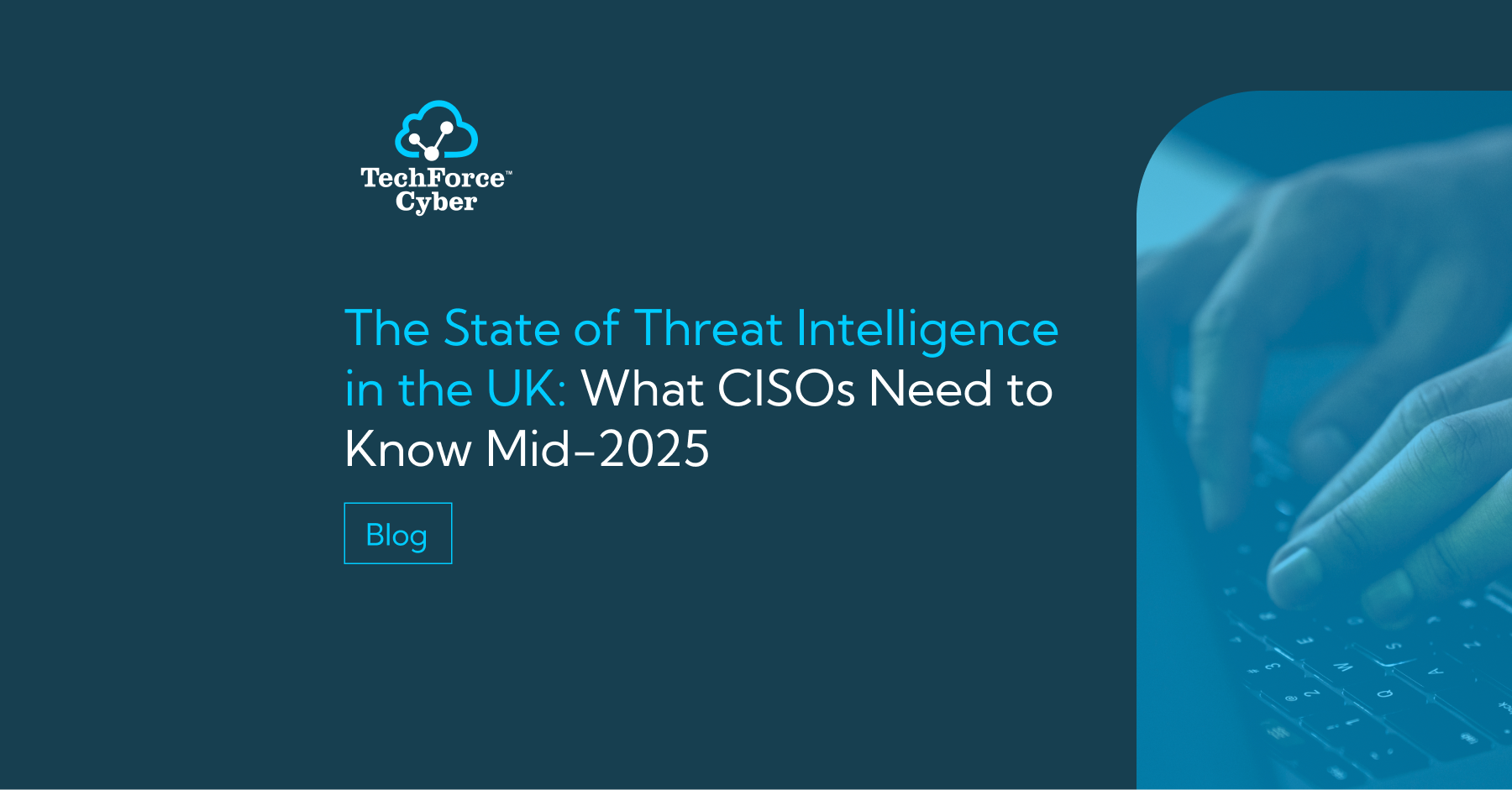Cyber Hygiene for SMEs: 5 Essential Habits to Protect Your Business
By Connor Duthie

Cybercrime is no longer a distant threat reserved for big banks and multinational corporations. It’s hitting small and medium-sized enterprises (SMEs) across the UK, and hard.
According to the UK Government’s Cyber Security Breaches Survey 2025, 43% of businesses reported a cyber security breach or attack in the past 12 months. That’s more than 600,000 incidents in just one year. For SMEs, often operating with lean budgets and limited IT resources, a single breach can be devastating, both financially and reputationally.
The question is: why are so many businesses still vulnerable to attacks that could be prevented with simple, low-cost steps?
Let’s investigate the five cyber hygiene habits every SME should be putting into practice right now.
1. Keep Everything Updated
Software updates might sound mundane, but outdated systems are one of the easiest ways for criminals to break in. Shockingly, only 32% of UK businesses have a policy in place to apply critical updates within 14 days, a basic security standard (Cyber security breaches survey 2025).
Hackers actively scan for unpatched systems, and once they find one, it’s like leaving your office door wide open. Unpatched software is one of the most significant security risks faced by businesses today, often exploited to gain unauthorised access, steal data, or disrupt operations (Splashtop, Risks & vulnerabilities of unpatched software, 2025). With Windows 10 reaching end-of-life on October 14, 2025, businesses clinging to outdated operating systems are painting a target on their backs.
Investigative takeaway: The delay isn’t about technology, it’s about culture. SMEs that treat updates as optional rather than essential are gambling with their future.
2. Use a Password Manager
Weak passwords remain a leading cause of cyber breaches. The Verizon Data Breach Investigations Report 2025 confirms that stolen or weak passwords are still among the top causes of global data breaches. In fact, about 88% of breaches in Basic Web Application Attacks involved the use of stolen credentials, which in many cases served as both the first and only action taken by attackers. This highlights how credential abuse continues to be one of the most efficient and damaging tactics in the cybercriminal playbook.
Despite this, 27% of UK businesses still operate without any formal password policy, according to the UK Government’s Cyber Security Breaches Survey 2025. In an age where “123456” continues to top the list of most commonly used password, that’s a serious liability (NordPass, Top 200 Most Common Passwords, 2024).
Password managers such as Bitwarden, 1Password, or Dashlane aren’t expensive, most have free tiers. They generate and store strong, unique passwords, taking the burden (and bad habits) out of human hands.
3. Turn On Multi-Factor Authentication (MFA)
Microsoft
estimates that MFA blocks over 99.2% of automated account-compromise attempts. Despite this, only 40% of UK businesses use it (Cyber Security Breaches Survey 2025).
Think about that: an almost guaranteed safeguard is sitting on the shelf unused by 60% of businesses. Why? Often it’s down to inconvenience or misunderstanding. But in reality, enabling MFA on your email, cloud tools, and accounting software can take minutes, and could save your business thousands.
4. Control Who Has Access
Admin rights are like master keys to your digital office, and too many people still hold them unnecessarily. The UK Government’s Cyber Security Breaches Survey 2025 found that in nearly a third of businesses, admin access isn’t properly restricted.
According to Palo Alto Networks Unit 42 Global Incident Response Report 2025, 41% of cyberattacks involved the exploitation of excessive user privileges, highlighting how over-permissive access remains a major driver of insider threats, whether accidental or malicious.
Investigating further, we find SMEs often fail to revoke accounts promptly when staff leave. This leaves behind “ghost accounts”, perfect footholds for attackers. Varonis analysed data from 1,000 real-world IT environments and found that 88% of organisations have stale but still-enabled ghost users, with many retaining admin privileges. These accounts pose a serious risk of undetected access to critical systems, especially in environments where identity and access management is not automated or rigorously enforced (Varonis, State of Data Security Report 2025), which brings us smoothly on to our next cyber hygiene habit.
5. Clean Up Old Accounts and Devices
Forgotten email inboxes. Retired laptops still holding sensitive data. Old suppliers who still have system access.
These digital leftovers create invisible risks. According to the UK SME Cybersecurity Threat Report 2025 by Ramsac, SMEs often operate with “high trust and low oversight”, making them prime targets for attackers. The report highlights that insider threats and the lack of structured clean-up processes are recurring vulnerabilities.
Yet, only 29% of UK businesses conduct regular cyber risk assessments, as confirmed by the UK Cyber Security Breaches Survey 2025, a clear indication that many organisations are still overlooking basic cyber hygiene.
The fix? Treat it like a quarterly spring clean: deactivate unused accounts, securely decommission old devices, and delete redundant software.
Why It Matters
None of these steps require a massive IT budget or advanced technical expertise. But they do require commitment and consistency.
With the average cost of a breach for UK SMEs now sitting at £3,550 (Cyber security breaches survey 2025), the cost of neglecting cyber hygiene far outweighs the inconvenience of adopting good habits .
As Jai Aenugu, Founder and CEO of TechForce Cyber, often reminds businesses:
“Cybersecurity doesn’t have to be complicated or expensive. It’s about building habits, and those habits could be the difference between business as usual and a costly crisis.”
For SMEs looking to take action today, TechForce has developed a free Cybersecurity Toolkit for UK SMEs, a practical guide to get started.
Bottom line: Cyber hygiene isn’t optional. It’s the modern equivalent of locking your office door at night.
Want to find out how we can help keep your business ahead of today’s cyber threats?

The Growing Threat of Ransomware-as-a-Service (RaaS) Targeting SMEs
Ransomware-as-a-Service (RaaS) is putting SMEs in the firing line. With attacks easier and more professional than ever, small businesses must act now to boost cyber resilience-or risk devast...
More
Why Cyber Essentials Is Crucial for Scottish SMEs: Protecting Growth with Certainty
Cyber threats in Scotland are rising - 30% of SMEs were breached last year. TechForce Cyber helps businesses secure Cyber Essentials certification to boost cybersecurity, win contracts, and ...
More
The State of Threat Intelligence in the UK: What CISOs Need to Know Mid-2025
UK cyber threats are rising fast, AI-driven phishing, deepfakes, and state-backed attacks are reshaping risk. In 2025, real-time threat intelligence isn’t optional, it’s the frontline defenc...
More
Webinar Recap: Reducing Cyber Risk with Threat Intelligence
Explore key insights from our recent webinar with Recorded Future. Learn how threat intelligence helps organisations stay ahead of evolving cyber threats with real-world examples, expert adv...
More
Related Articles
CONTACT US TODAY: